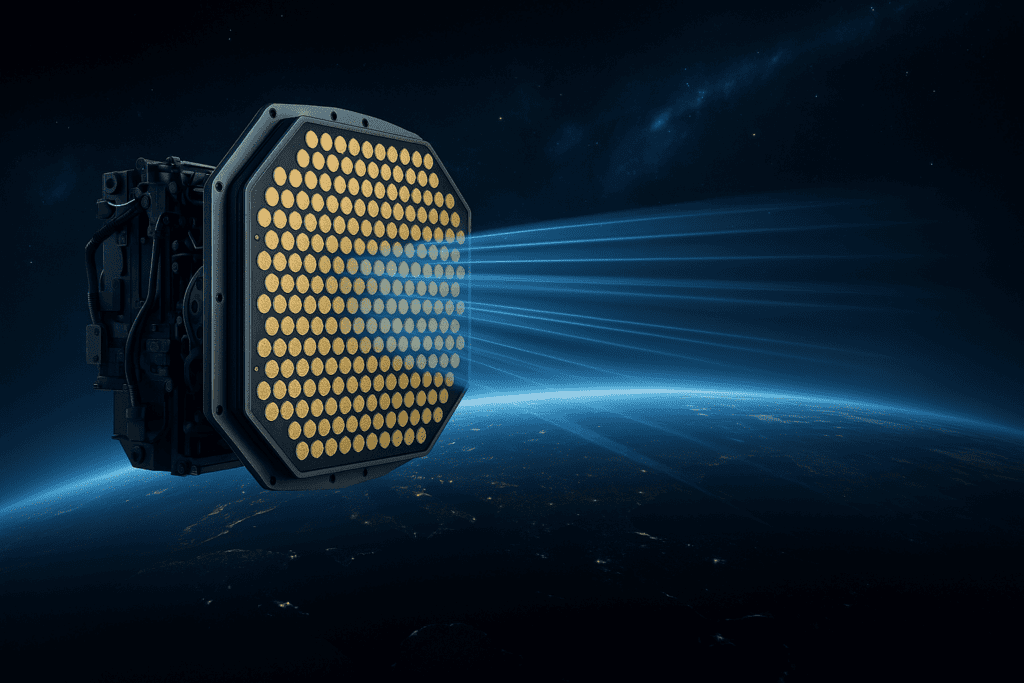
What Is AESA Radar?
Unlike older radar systems that physically move their antennas, AESA radars steer radar beams electronically. That means they can scan the sky faster, track more targets at once, and remain harder to detect. Imagine it like this: traditional radar is a flashlight you move by hand, while AESA is a floodlight you control with your mind.
Why AESA Radar Matters in Combat?
For pilots, AESA isn’t just about better detection—it’s about staying alive. These radars allow aircraft to:
- Track multiple air and ground targets simultaneously
- Jam enemy radar systems without giving away their own location
- Guide precision weapons with pinpoint accuracy
- Detect threats at long range—before being seen themselves
In short, AESA helps aircraft act first, strike faster, and avoid danger.
Who’s Producing AESA Radars for Fighter Jets?
Major players like Northrop Grumman, Raytheon, Lockheed Martin, Thales, and Leonardo the AESA radar market. These companies indeed dominate, though others like Israel Aerospace Industries (IAI), Hensoldt, and Aselsan are also notable contributors. The U.S. leads with AESA-equipped fighter jets, including the F-22 Raptor (AN/APG-77), F-35 Lightning II (AN/APG-81), F/A-18E/F Super Hornet (AN/APG-79), F-16V Viper (AN/APG-83), and B-2 Spirit bomber (AN/APQ-181). Israel follows with advanced AESA technology by EL/M-2052. European nations deploy the Eurofighter Typhoon (Captor-E), Dassault Rafale (RBE2-AA), and Gripen NG (Raven ES-05 by Leonardo/Selex). Other nations have more limited or emerging AESA capabilities: South Korea’s KAI FA-50 Block 20 (PhantomStrike or ESR-500A), China’s J-20 and J-16 (unknown AESA models), Russia’s Su-57 (N036 Byelka), and Turkey’s Murad-100A (developed by Aselsan for the TUSAŞ KAAN).
Looking Ahead
As threats evolve, radars need to evolve too. AESA systems are being upgraded to support multi-mission roles, including electronic warfare and early warning capabilities. They’re no longer just radars—they’re central to air dominance strategies.
Final Thoughts
In a dogfight or deep-strike mission, what a pilot can see—before being seen—can decide everything. That’s why AESA isn’t just a radar upgrade—it’s a survival tool and a force multiplier.
Whether it’s air superiority, maritime defense, or ground-based surveillance, AESA radars are defining the new standard. As costs decline and technology matures, even smaller nations are starting to adopt AESA-based platforms, leveling the playing field in global security dynamics. In a world where information dominance and reaction speed define success, AESA radar systems will be essential for defense industries.





